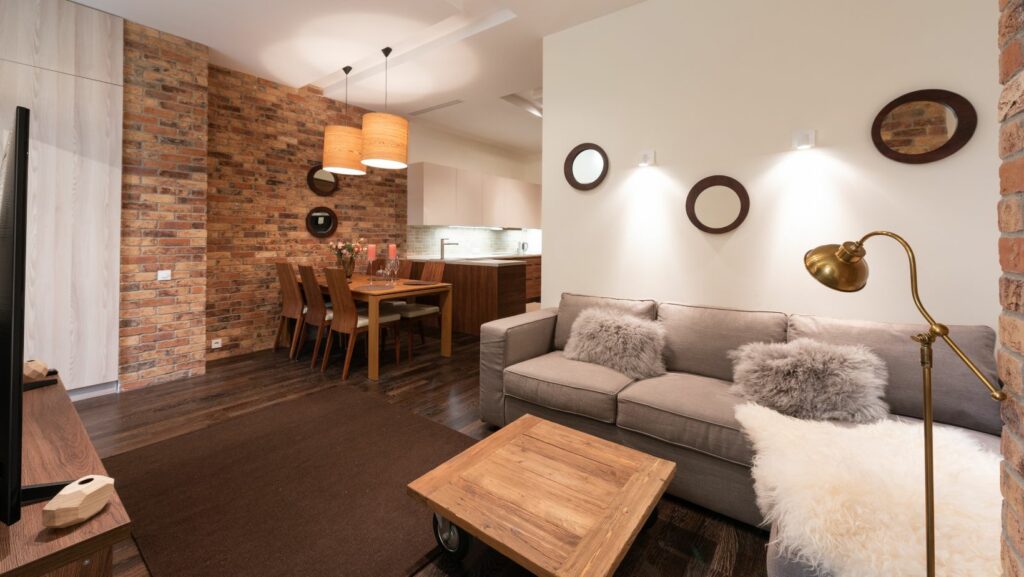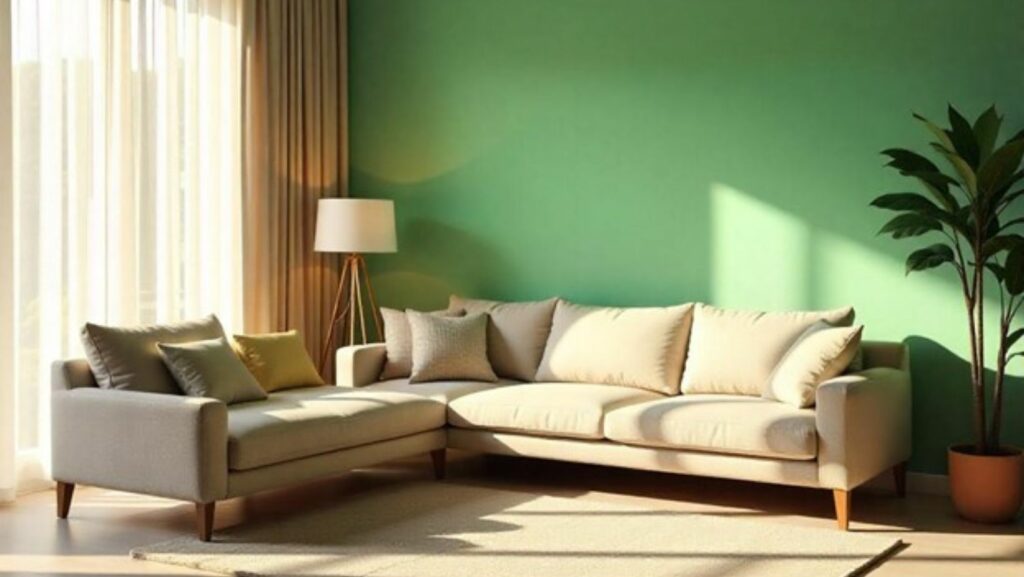Visual merchandising is a vital component in the realm of retail furniture sales. It involves the strategic display and arrangement of furniture in ways that are not only visually appealing but also designed to maximize sales potential. By employing ideal practices in furniture merchandising, retailers can create inviting and engaging shopping environments that encourage customers to explore and ultimately purchase products. This article delves into various techniques and strategies for effective furniture visual merchandising, including creating focal points, utilizing color and lighting effectively, designing cohesive vignettes, and optimizing store layouts to enhance customer traffic flow.
Display Techniques for Furniture Merchandising
One of the most significant aspects of furniture visual merchandising is the effective display of products. Several display techniques can enhance a retail setting, including:
- Creating Focal Points: A focal point is typically a striking piece of furniture that draws attention. This could be a statement couch or an eye-catching armchair placed centrally in a room setting. Using a grouping of smaller items around this focal piece can also create a visually impactful display.
- Effective Use of Color: Color plays a crucial role in visual merchandising. Complementary colors can create a pleasing contrast, while a monochromatic scheme can offer a sense of harmony. Retailers should consider color psychology when selecting palettes to evoke specific emotions or atmospheres.
- Crafting Vignettes: Vignettes are small, curated displays that group furniture and accessories to convey a specific theme or mood. This technique allows retailers to showcase multiple items within a limited space, illustrating how various pieces can work together in a home setting.
- Utilizing Floor Plans: The arrangement of furniture should consider the natural flow of foot traffic. A well-designed floor plan guides customers through the store, allowing them to navigate easily and discover different sections.
- Strategic Lighting: Lighting significantly influences how customers perceive furniture. Well-placed lighting can highlight specific pieces, create ambiance, and add a dramatic effect, enhancing the overall shopping experience.
By implementing these display techniques, retailers can cultivate an inviting and visually compelling environment that encourages exploration and purchasing.
Layout Design Strategies
Layout design is another essential aspect of furniture visual merchandising. An effective store layout can facilitate customer movement and improve the shopping experience. Some strategies include:
- Grid Layout: Organizing the store into distinct grids or zones dedicated to specific product categories—such as living room, bedroom, or outdoor furniture—can simplify the shopping experience for customers.
- Creating Natural Flow: The layout should account for foot traffic patterns, guiding customers logically through the store. Starting with popular or high-margin products can draw customers deeper into the store.
- Room Settings: Setting up displays that mimic real-life room configurations helps customers visualize how furniture will look in their homes, making it easier for them to make purchasing decisions.
- Focal Points Throughout the Store: Integrating focal points at various locations can attract customers’ attention and increase the likelihood of sales.
- Effective Window Displays: Since window displays provide the first impression of the store, they should be visually appealing and reflect the overall theme of the retail space.

A thoughtfully designed layout not only enhances aesthetics but also improves customer navigation and satisfaction, ultimately leading to increased sales.
Grouping and Product Placement Techniques
Grouping furniture and accessories effectively creates a cohesive and visually appealing display. Key strategies include:
- Product Grouping: Positioning similar items together—like all sofas or tables—helps customers easily compare options, which can boost sales.
- Color Grouping: Grouping furniture and accessories by color can create striking displays and highlight particular trends.
- Lifestyle Grouping: This technique showcases furniture and accessories as part of a themed setting, such as a beach-inspired vignette, providing context and inspiring customers’ imaginations.
- Thematic Grouping: Retailers can create displays that reflect specific themes, such as vintage or industrial aesthetics, to engage customers.
- Strategic Product Placement: Key items should be placed in high-traffic areas or at the front of the store to maximize visibility. End caps—displays at the ends of aisles—are also excellent spots for showcasing popular or new products.
By employing these grouping and placement techniques, retailers can create engaging displays that not only attract attention but also enhance the likelihood of a sale.
The Importance of Merchandise Mix
A well-balanced merchandise mix is vital for appealing to a broad range of customers. This mix should include:
- Product Variety: Offering diverse styles, colors, and price points can attract a wider audience.
- Balanced Product Offerings: Including both high-end and budget-friendly options ensures that all customers find something that meets their needs.
- Complementary Product Assortments: Grouping related items together—such as matching accessories and furniture—can increase the appeal of various products.
- Incorporating Trends: Staying up-to-date with current trends and introducing new products can entice customers and drive sales.
- Seasonal Merchandise: Incorporating seasonal themes—like outdoor furniture in the summer or holiday decor in winter—keeps the store fresh and relevant for returning customers.
A carefully curated merchandise mix not only enhances the shopping experience but can also lead to increased sales and customer loyalty.
Seasonal Displays and Trend Analysis
Seasonal displays can inject freshness and excitement into the retail environment. Strategies for effective seasonal merchandising include:
- Seasonal Themes: Reflecting the current season in displays can create urgency for customers to make purchases. For instance, using autumn colors or holiday decorations can enhance the shopping atmosphere.
- Color Schemes: Seasonal color palettes add vibrancy and relevance to displays, with brighter colors for spring and summer and warmer hues for fall and winter.
- Utilizing Lighting: Seasonal lighting techniques, such as warm lights for fall and winter, can enhance the store’s ambiance.
- Promotional Strategies: Seasonal promotions encourage customers to take advantage of limited-time offers, enhancing the shopping experience.
- Dynamic-Window Displays: Engaging window displays showcasing seasonal merchandise can attract passersby and create a compelling first impression.

By implementing seasonal displays, retailers can maintain an inviting atmosphere that adapts to changing trends and seasons, fostering customer engagement and satisfaction.
Understanding Customer Psychology
Finally, grasping customer psychology is essential for effective visual merchandising. Key principles include:
- First Impressions Matter: The initial elements customers encounter, such as the window display and store layout, significantly influence their perception and purchase intent.
- Color Psychology: The colors used in displays can impact customers’ emotions and perceptions. For instance, warm colors evoke comfort, while cool colors can create tranquility.
- Emotional Connections: Furniture purchases are often emotional decisions. Retailers should design displays that evoke feelings of comfort or aspiration.
- Social Proof: Highlighting popular items and customer testimonials can leverage social proof, encouraging others to make purchases.
- Decision-Making Insights: Understanding the customer decision-making process allows retailers to strategically place high-margin or high-demand products in areas that attract attention.
By harnessing insights into customer psychology, retailers can create immersive environments that resonate with shoppers, enhancing both sales and overall customer satisfaction.
Conclusion
Visual merchandising is an integral part of furniture retail, encompassing a range of strategies and techniques designed to enhance the shopping experience and drive sales. By implementing best practices in furniture merchandising—such as effective display techniques, thoughtful layout design, strategic product placement, a balanced merchandise mix, engaging seasonal displays, and a deep understanding of customer psychology—retailers can create compelling environments that encourage exploration, engagement, and, ultimately, purchases. By mastering these elements, furniture retailers can not only meet but exceed customer expectations, fostering loyalty and increasing sales over time.

